
They came back
Once endangered, these incredible animals have made a comeback in nature and are now thriving. Although efforts to bring these animals back worked, many are still in danger and we still need to help more.
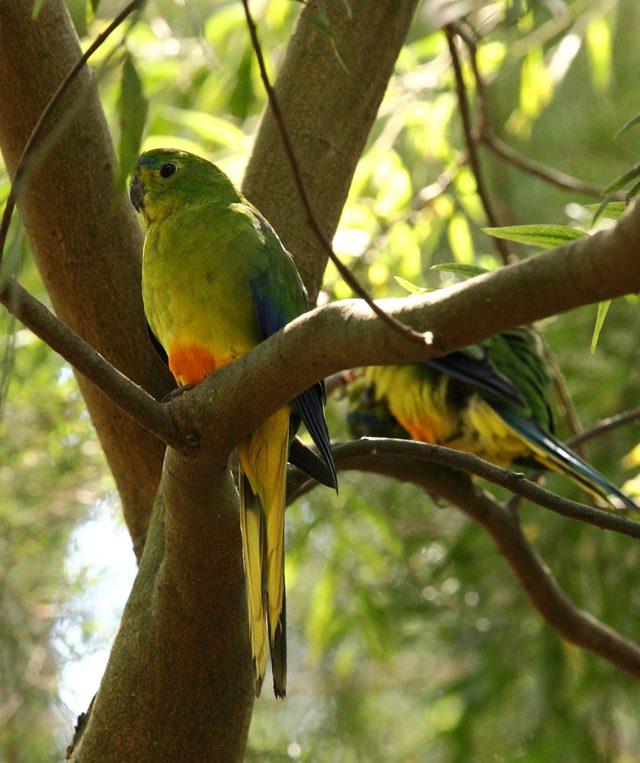
Orange-bellied parrot
In 2017, only three female orange-bellied parrots remained in the wild. And last spring only 23 birds arrived at their breeding site in Tasmania’s south-west wilderness. Scientists predicted that they were at risk of extinction within five years. But last winter, more than 118 birds were recorded flying north for the season. It was the first time the orange-bellied parrot population topped 100 in over a decade.
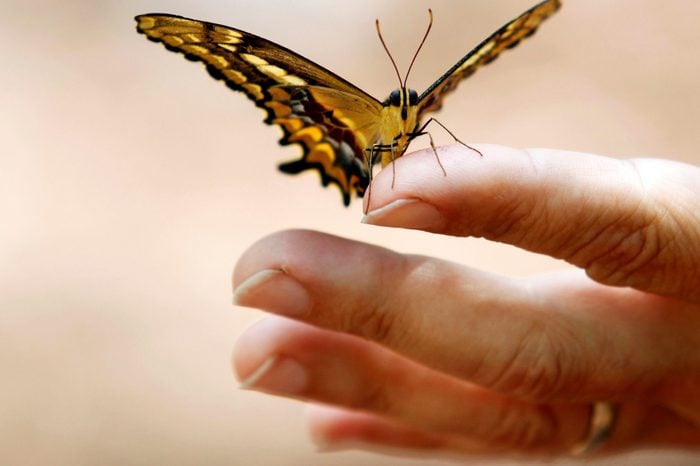
Schaus swallowtail butterflies
As the Miami Herald reported, there were only four of these once-abundant swallowtail butterflies to be found in their native regions of southern Florida back in 2012. Researchers at the University of Florida jumped to their aid, and two years later their breeding program yielded 1,000 larvae, from which 50 grown butterflies and 200 caterpillars were released into Biscayne National Park. By 2016, hundreds were counted out in the wild.
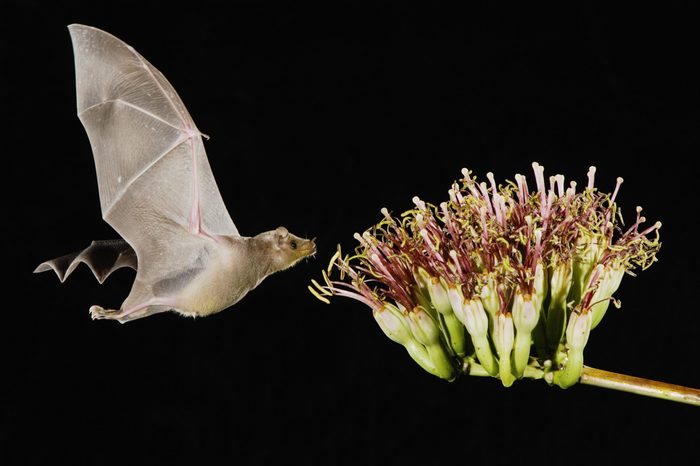
Lesser long-nosed bat
These adorable winged mammals—vital to pollinating the agave that’s used to make tequila—were declared endangered in 1998, thanks to habitat loss and eradication programs meant to target rabies-carrying vampire bats, according to National Geographic. But 29 years later, this became the first species ever removed from the U.S. endangered species list; protections for the caves and mines where the bats live, both here and in Mexico, restored their numbers, and an estimated 200,000 of them now flit through the night skies. Unfortunately, some 500 species, though, have gone extinct in the last century.
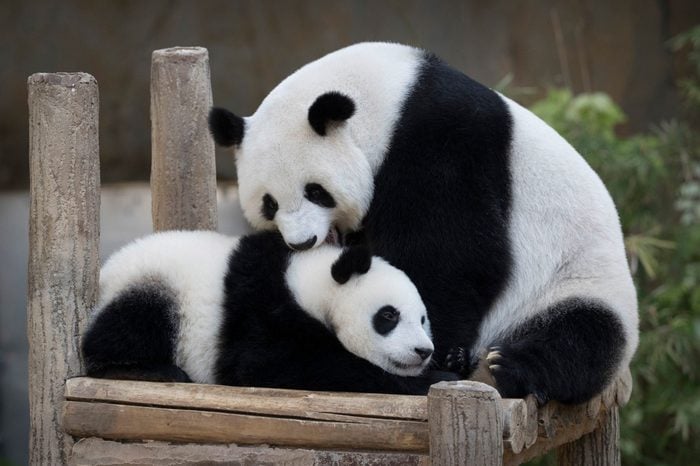
Giant panda
At first glance, the rescue of the much-beloved giant panda from complete annihilation to a population of over 2,000 seems like great news. China spent many years and resources in restoring its bamboo forests, on which the pandas are entirely dependent for food and habitat. And yet, despite the 2016 downgrading of this bear species from endangered to threatened, BBC reports that climate change will likely wipe out at least one-third of its newly won living spaces within the next 80 years.
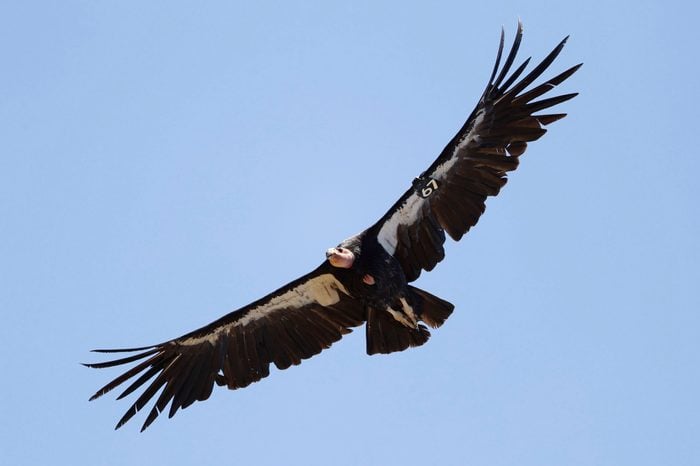
California condor
It’s not the loveliest of birds, but this largest of all North American avians, with a wingspan of some 10 feet, is an important carrion feeder, critically endangered due to lead poisoning, pesticides, and a host of other factors. It’s been on the watch list since 1987, but even now, after years of captive breeding and release into the wild, its numbers still hover at about 12.
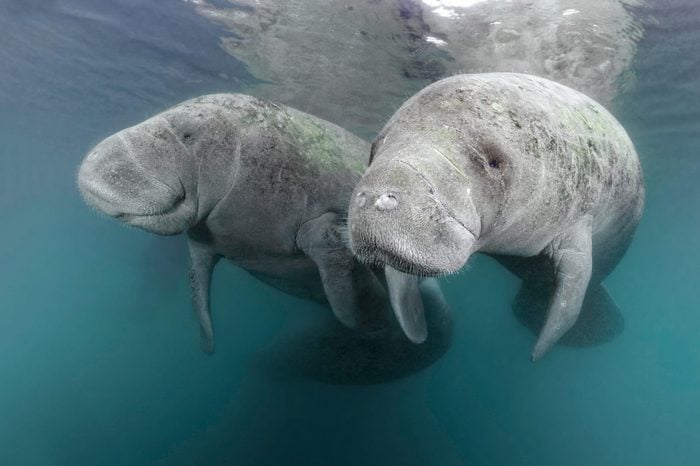
West Indian manatee
The plump, docile, grass-munching sea cow made its way onto the endangered species list in 1973, after increasingly common boat collisions—exacerbated by habitat loss—caused its numbers to drop to a few hundred in its native Florida. The U.S. Fish and Wildlife Service bumped it down to “threatened” status in 2017 after it rebounded to about 6,600 individuals Florida, says The Washington Post. Environmentalists, however, worry that this change in status will work against manatees, pointing out that boat strikes and habitat loss persist. Conservation efforts might not be enough to save the vaquita and these 13 other amazing animals that could disappear in your lifetime.
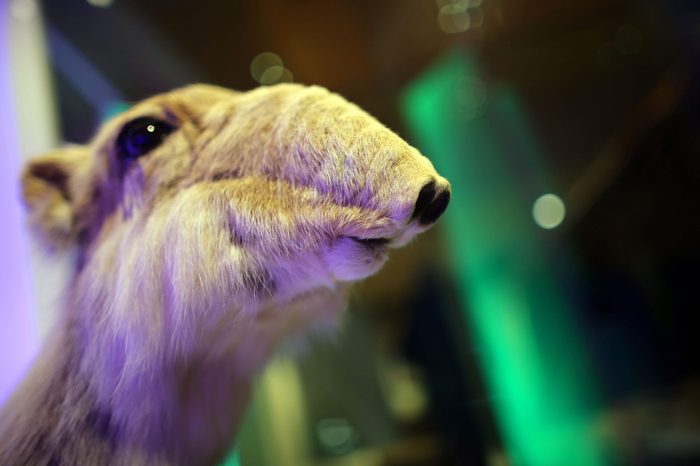
Saiga antelope
This sweet-faced dweller of the steppes of the former Soviet Union has somehow miraculously managed to survive two massive die-offs over the past 30 years that caused its population to plummet from over a million to fewer than 50,000. Conservationists managed to halt the rampant hunting of this small ungulate, although it is still susceptible to disease and habitat loss. But, “The crucial point about any conservation project is that you never stop. You never give up,” Richard Young, head of Conservation Science at the Durrell Wildlife Conservation Trust, told The Guardian.
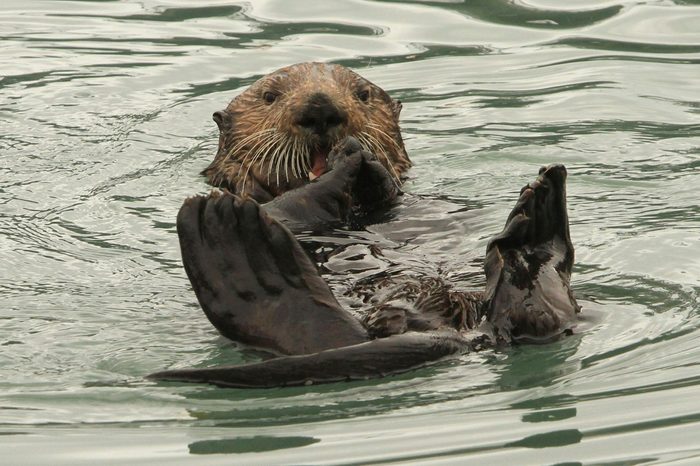
Sea otter
As National Geographic reports, the recovery of this marine species—a mere 2,000 were extant in 1911, due to 200 years of trapping for their lustrous fur—is considered one of the greatest of all time. Globally, the population has rebounded to about 100,000; we have dedicated and long-standing protections enacted all throughout their range in the North Pacific to thank for this happy news.
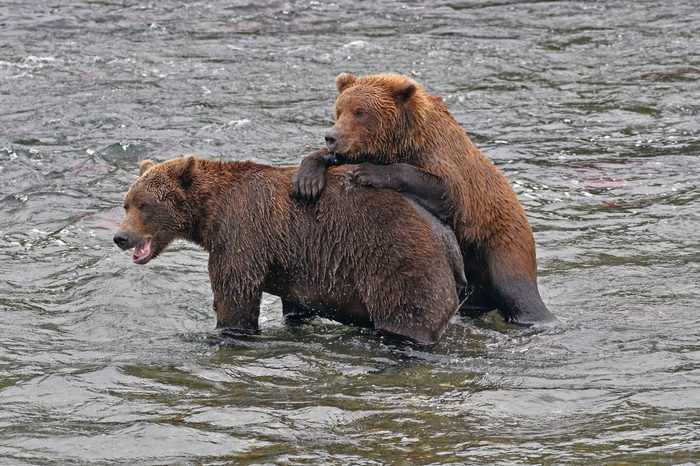
Grizzly bears
Grizzlies are so iconic to the American west it’s hard to imagine those landscapes without them. And yet, hunting and habitat loss caused a huge dwindling of their distinct communities—from 37 to 31, with a total population of 50,000 dwindled to a handful. The remaining five communities were vigorously protected under the Endangered Species Act when it was enacted in the 1970s—including one in Yellowstone National Park. Some 2,000 bears now roam wild, although a recent ruling to remove them from the threatened list was overturned by a federal judge in September of 2018, reports NPR. Don’t miss the strangest animal found in each state.
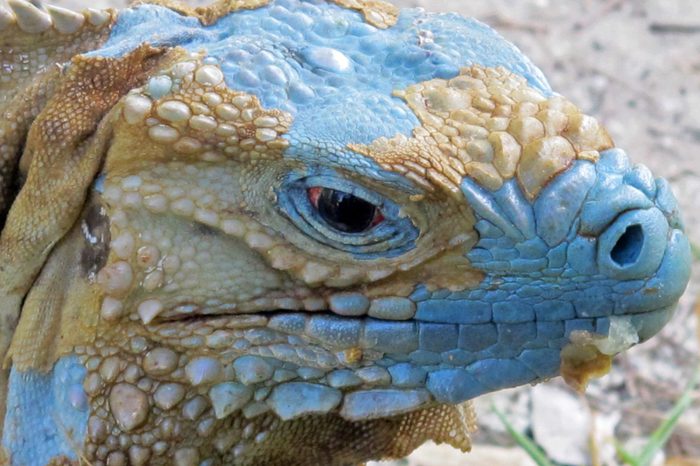
Blue Iguana
Essential to the ecosystem of the Cayman Islands, its only known habitat, reptile lovers the world over despaired when the blue iguana was declared “functionally extinct” in 2005. With the help of vigorous breeding programs, as well as a decrease in the number of predatory feral pets that further imperiled the iguana’s existence, this species was moved to the endangered list from the critically endangered list in 2012, after 750 individuals were found alive and well. Don’t miss these 12 amazing animals you can only find one place in the world.
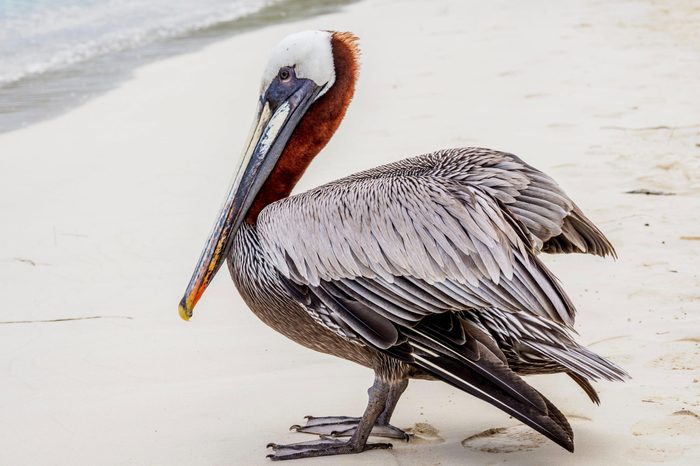
Brown pelican
It’s not easy being feathered when seemingly every fancy lady would have you shot in order to furnish her with hats. Though it survived the plume hunters of the 19th century, the brown pelican later fell prey to chemicals in the environment, until its population had declined severely. Conservation efforts starting in the 1970s brought it back—and it was delisted in 2009. But there’s still bad news: the smaller, California brown pelican is struggling now, as the sardines that comprise the majority of its diet suffer a species collapse.
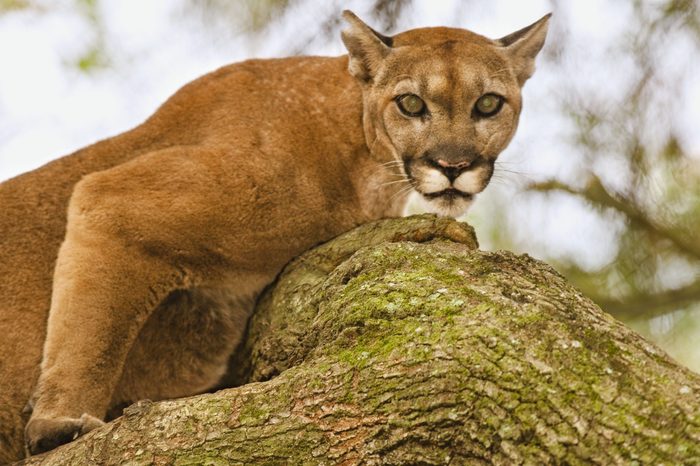
Florida panther
There were a pathetic 20 panthers left in Florida when the species was granted federal protection in 1967. Development was a major threat to this animal’s survival, as was (and continue to be) collisions with automobiles and fear among humans willing to shoot them in the name of “safety.” The Florida panther has rebounded to an estimated 280 individuals, but conservationists point out that two additional, genetically distinct populations are essential to their continued survival.
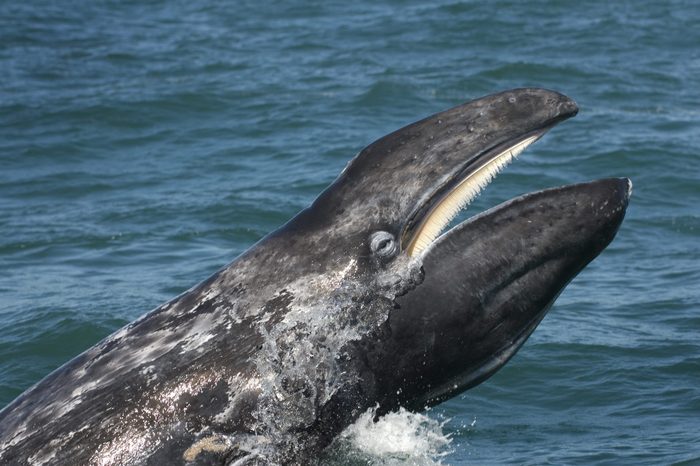
Grey whale
Once the Atlantic population of this majestic marine mammal was hunted to extinction, things looked grim for two other populations in the eastern and western Pacific. But as ThisIsInsider.com reports, though the eastern group has plummeted into critically endangered status, the western group managed to make it off the list in 1994 and now seems to be thriving.
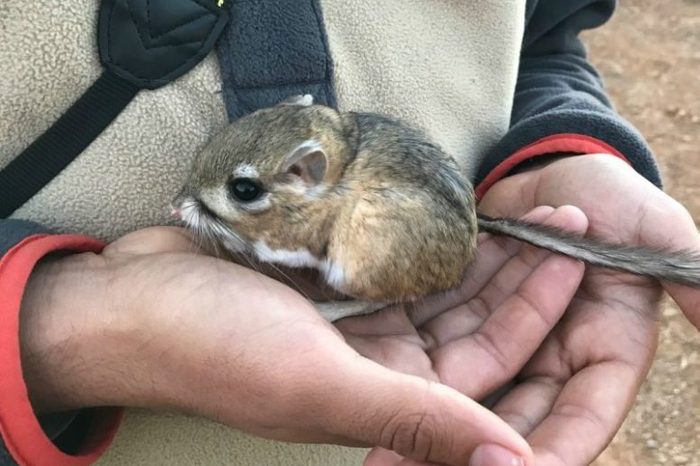
San Quintin kangaroo rat
How did this wee rodent manage to survive extinction? It’s a mystery. By 1994, it was thought to be completely annihilated, as no one had seen a single one of these critters since 1986. But in 2008, four of these adorable rats were accidentally re-discovered by researchers in Baja, California, Mexico. The good news: Now that we know they’re still among the living, scientists can get to work devising a conservation plan for them.
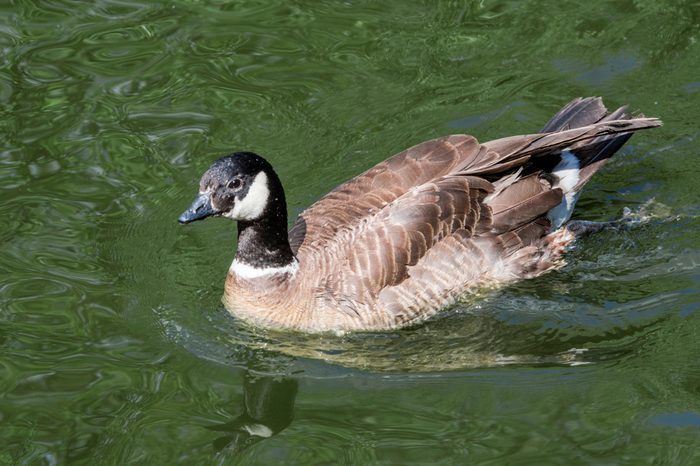
Aleutian Canada goose
When members of the fur industry began raising foxes in Alaska, there were dire consequences for the Aleutian Canada goose, which escaped fox populations had hunted down to 790 individuals by 1975. A series of conservation measures resulted in a rebound; the goose was de-listed in 2001 and by 2011, estimates put its population at 111,000.
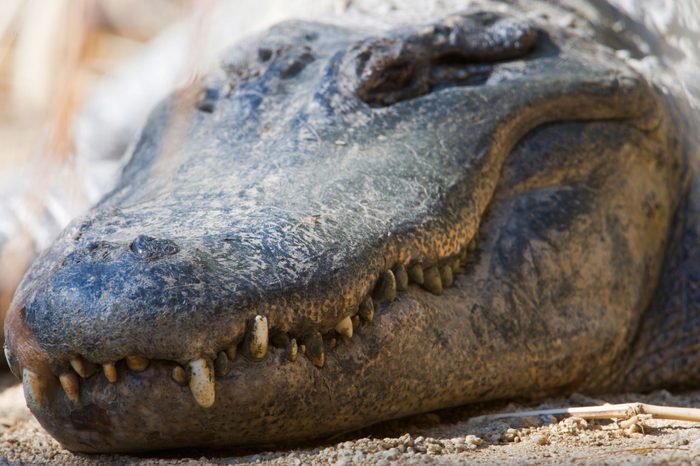
American alligator
Before there was even a federal Endangered Species Act, the American alligator was considered near-extinct, thanks to hunting and extensive habitat loss. A top Everglades predator, it’s essential to keeping the ecosystem in balance—a job it was able to reclaim once its population recovered enough, by 1987, for it to be removed from the endangered list.
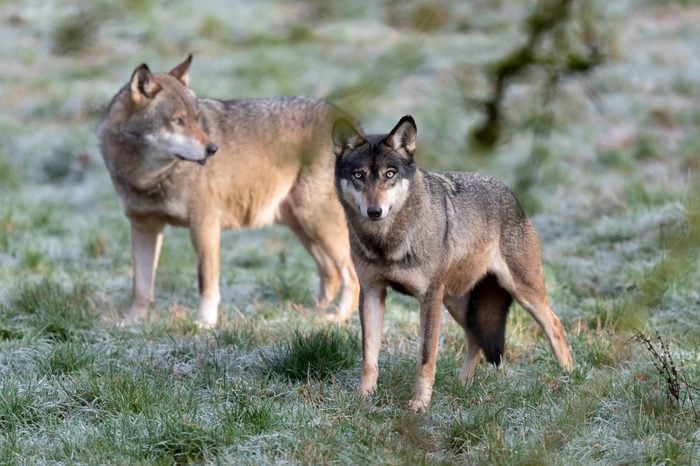
Grey wolf
This beautiful animal has had a contentious relationship with humans, who hunted it nearly out of existence, for generations. Conservationists have fought—and fought hard—to bring its 300 survivors of continuous purges back up, although grey wolf numbers will likely never reach their peak of over 2 million. Still, there is some reason for optimism; a 2013 species count found nearly 4,500 wolves living in the Lower 48—including in Yellowstone National Park. But efforts to restore and maintain them continue. Don’t miss these 23 facts about animals that you have all wrong.
